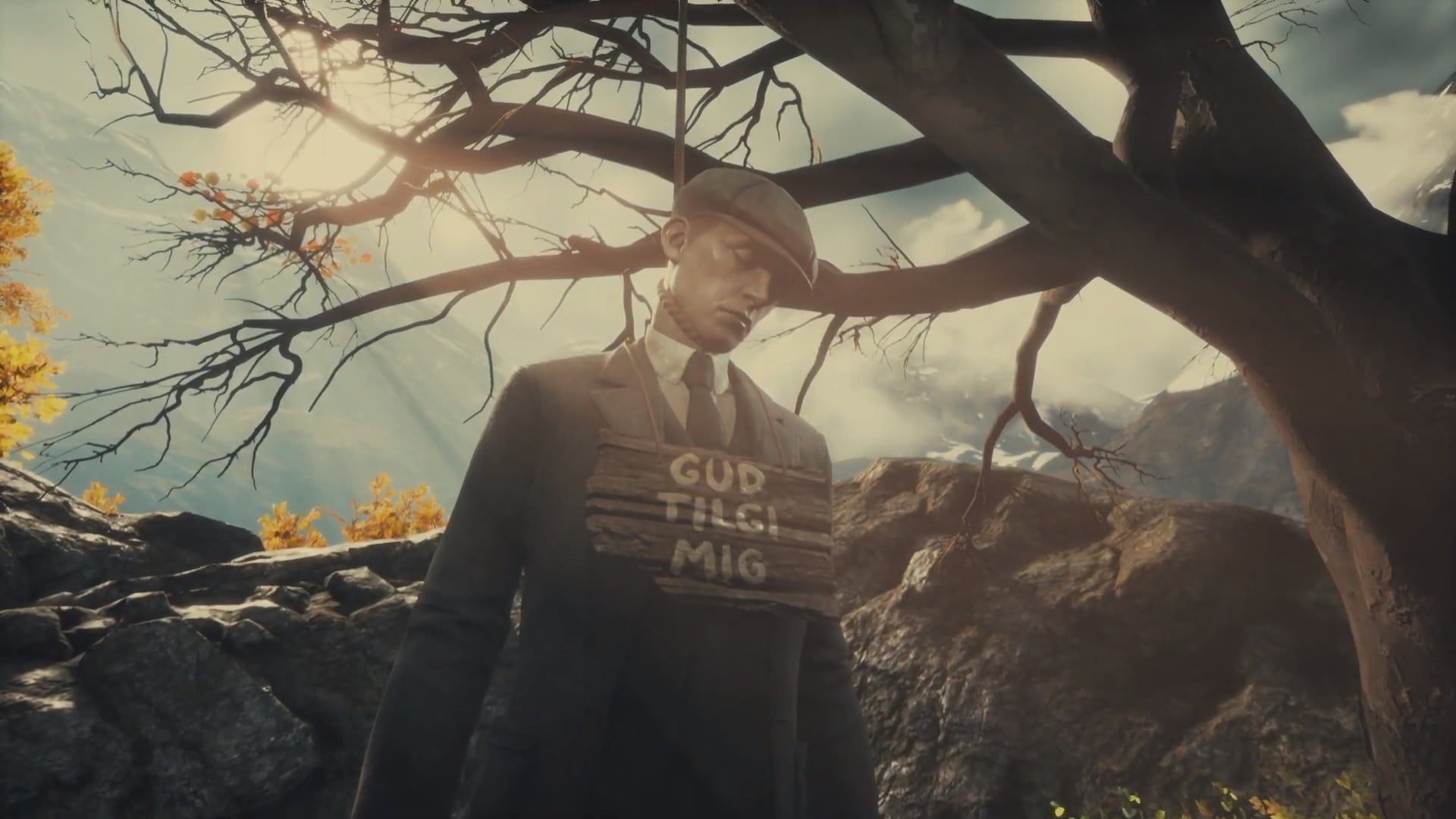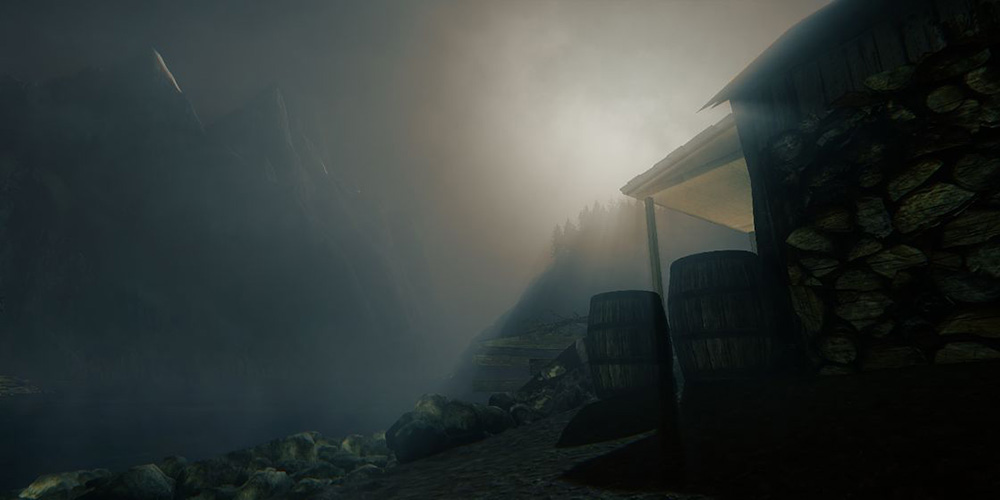
Rosy adventure or dark nightmare skal denne byen dø, avis, faksimile, engelsk From Dagbladet The council’s social services had also seen a big rise in demand, and cost overruns occurred in the central administration as well as in schools, health care and commercial operations. A 2.5-hour reduction in the working week to 37.5 hours had proved expensive. The council had spent heavily on construction, pushing its budget up from NOK 50 million to NOK 74.7 million and leading to a dramatic overspend in 1987.Īnother unforeseen cost was the new collective pay deal negotiated between unions and employees. Pay rises and new investment had driven things astray, and the town’s ability to show restraint in boom times had failed to manifest itself. But this time the contraction was not confined to a single sector – “the misery is unfolding across the board,” as the mayor put it.Īfter buoyant times in 1982-85, the trend for Kristiansund’s economy had reversed. The town was used to cyclical fluctuations, having lived with them since it acquired municipal status in 1742. Only three small labour exchange districts elsewhere reported worse figures. Kristiansund was among the towns to be hardest hit, with unemployment in September at 5.7 per cent and fears that it could reach 10-14 per cent. The position for jobs had not been so bad for more than a decade. This reflected several factors, but a key role was played by a general economic downturn. Reports: Norsk Økonomi 1988-1991: Hvorfor steg arbeidsledigheten så mye? Statistics Norway Unemployment more than doubled during the year. The Norwegian labour market as a whole – and not just in Kristiansund – had taken a dramatic turn for the worse in 1988. Kristiansund wanted to force the pace as a means of boosting local employment.

But the problem was that construction work was not scheduled to start until 1990.

When the Storting gave it a green light in 1985, this ranked as one of Norway’s biggest communication schemes to date. However, the Krifast project to establish such a link had already been approved. Kristiansunds tidligere historie, sundbåten, engelsk Photo: Shadé Barka Martins/Norwegian Petroleum MuseumĪt that time, the town was spread over three islands without a connection to the mainland. It appears that the local council’s bleak tone was intended to put pressure on the Storting so that it would give Kristiansund favourable treatment. Kristiansund was very hopeful of winning the battle, but the mayor’s gloomy picture of the town suggests victory could not be regarded as a foregone conclusion. Both depended on the Storting (parliament), which was about to decide on the location of the operations organisations and supply bases for the Draugen and Heidrun fields. The struggle over where Shell would place its Draugen operations organisation was still not over.Īccording to the mayor, only oil could save the community – along with bringing forward work on linking Kristiansund to the mainland, considered one of Norway’s largest highways projects. But it also formed part of an effort to get the government to pay attention to the town. His jeremiad was prompted by rising unemployment and constant new warnings of lay-offs and redundancies from Kristiansund’s business community. The clouds above are getting ever darker.” Nobody seems to have noticed the crisis here except those directly affected. Fotnote: Dagbladet, 12 September 1988, “Skal vi bo i en spøkelsesby?” “No other town in Norway has more people out of work.

Jomfru Maria kastet styaal i vatn! Du sæk, æk flyt!” was a riddle for protection, meaning: “Nyk! Nyk! Needle in the water.“Unemployment and despair are increasing month by month,” Jensen observed. If he had already attacked, you could overpower him by saying his name. There were ways to protect oneself from him you could throw a piece of metal into the water, like a needle or an iron cross, and so save yourself. He is also said to be a talented musician, playing the violin so that the villagers can hear him at night. He is a shapeshifter and can change into a white horse, letting young children ride on his back and then jumping with them back into his pond. He is a beautiful young man in Swedish tradition, tricking women into jumping into the water and then drowning them. He is, in Norwegian tradition, described as a dark monster with his eyes just above the surface, watching as people walk by. Nökken/Nyk/Nykkjen is a mysterious water creature residing in freshwater, lakes, and deep ponds.


 0 kommentar(er)
0 kommentar(er)
